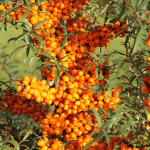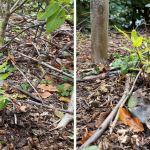Companion Planting for Zone 7 Gardens
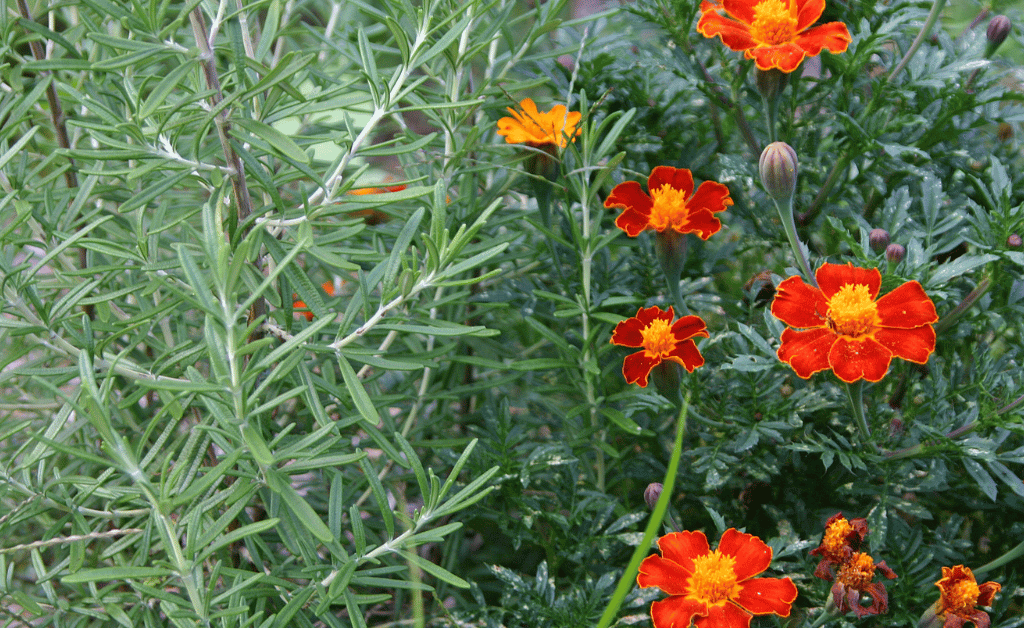
Gardening is an art, a science, and a labor of love. It’s a way to connect with nature, nourish our bodies, and create beauty in our surroundings. For those passionate about eco-friendly gardening methods, permaculture, and no-till practices, companion planting is an essential strategy that can help cultivate thriving, resilient gardens. In this article, we’ll explore the benefits of companion planting in USDA Zone 7 climates, including regions like coastal Norway, where the weather is characterized by abundant rainfall and moderate temperatures. We’ll discuss popular plant pairings that support growth, pest control, and pollinators while protecting the soil and the environment.
USDA Zone 7 encompasses a broad range of climates, with average minimum winter temperatures between 0°F and 10°F (-18°C to -12°C). This zone offers a relatively long growing season, allowing for a wide variety of plants to be cultivated successfully. Gardeners in Zone 7 areas face unique challenges due to the region’s high rainfall levels, particularly in coastal regions like Norway. Excessive moisture can lead to issues such as soil compaction, erosion, and nutrient leaching, making it crucial to adopt eco-friendly gardening practices that preserve and enhance soil health.
Companion planting is a key strategy in permaculture and no-till gardening, as it involves selecting plant species that naturally support and enhance one another’s growth, health, and productivity. By carefully choosing plant combinations, gardeners can create a mutually beneficial environment that promotes improved plant growth, natural pest control, enhanced pollination, and better soil health. This approach aligns with the principles of ecological gardening, where the goal is to work with nature rather than against it.
In this article, we’ll delve into the various benefits of companion planting and provide practical examples of popular plant pairings well-suited for gardens in climates like Zone 7. We’ll discuss how to harness the power of companion planting for effective pest control, as well as how to attract and support pollinators for increased garden productivity. Additionally, we’ll offer tips on selecting appropriate plant varieties, preparing and managing soil fertility, and optimizing plant spacing and layout for success in your garden.
By understanding the fundamentals of companion planting and applying these principles, you can create a thriving, resilient ecosystem that supports plant health, improves soil structure, and promotes biodiversity. This holistic approach to gardening is not only good for the environment but also yields a bountiful harvest for you to enjoy.
Whether you’re a seasoned gardener or just starting your journey, we hope that this article will inspire you to explore the exciting world of companion planting in your garden. By working with nature and fostering mutually beneficial relationships between plants, you can cultivate a vibrant, thriving garden that nourishes both the earth and your soul.
So, let’s dive in and explore the benefits of companion planting, discover some popular plant pairings, and learn how to create an eco-friendly garden that supports growth, pest control, and pollinators—all while protecting the soil and the environment.
Benefits of Companion Planting
Companion planting is an age-old gardening practice that involves growing different plant species in close proximity to one another. This technique fosters mutually beneficial relationships between plants, leading to various advantages such as improved plant growth, natural pest control, enhanced pollination, better soil health, and increased biodiversity. Let’s delve deeper into each of these benefits.
Improved Plant Growth
Companion planting can help improve plant growth by creating a supportive environment where plants work together. Some plants release chemicals that encourage the growth of neighboring plants, while others provide shade, support, or even help to suppress weeds. For example, tall plants like corn can provide shade for lower-growing plants like lettuce, reducing heat stress and conserving soil moisture. Similarly, plants with extensive root systems, such as carrots, can help break up compacted soil, allowing roots of neighboring plants to penetrate more easily and access vital nutrients.
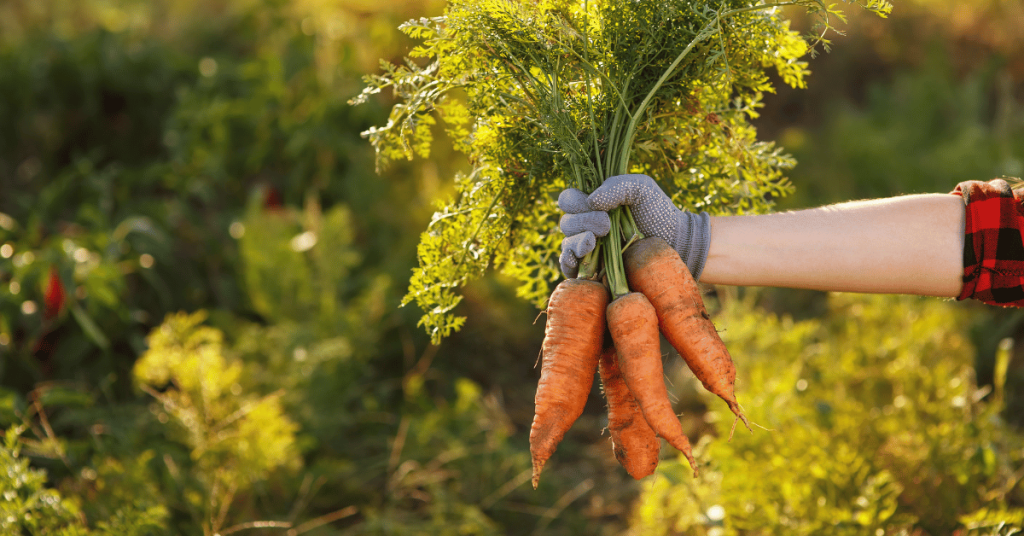
Natural Pest Control
One of the main advantages of companion planting is its ability to control pests naturally, reducing the need for synthetic pesticides. Certain plants produce chemicals that deter or repel pests, protecting neighboring plants from infestation. For instance, marigolds release a compound called alpha-terthienyl that can repel nematodes and other soil-dwelling pests. Additionally, companion planting can attract beneficial insects, such as ladybugs and lacewings, which prey on common garden pests like aphids and mites.
Enhanced Pollination
Companion planting can also enhance pollination by attracting pollinators like bees, butterflies, and other beneficial insects. Planting flowers with different shapes, colors, and bloom times can create a diverse and attractive environment for pollinators, which in turn helps to improve the pollination of your fruits and vegetables. For example, planting bee-friendly flowers like lavender, borage, or calendula near your vegetable crops can help to attract bees and increase their pollination efficiency.
Soil Health and Nutrient Availability
Companion planting can improve soil health and nutrient availability by fostering the growth of plants with complementary nutrient requirements. For example, some plants like legumes have the ability to “fix” nitrogen from the air, making it available in the soil for other plants to use. Planting nitrogen-fixing legumes like peas, beans, or clover near nitrogen-loving plants like tomatoes, corn, or squash can improve overall nutrient availability and reduce the need for synthetic fertilizers.
In addition, some plants have deep root systems that can mine nutrients from deeper soil layers, making these nutrients available to shallow-rooted plants. For instance, planting deep-rooted plants like comfrey or chicory near shallow-rooted plants like lettuce can help to improve nutrient cycling and overall soil fertility.
Increased Biodiversity
Companion planting increases biodiversity in your garden, creating a more resilient and stable ecosystem. A diverse mix of plants can better withstand fluctuations in temperature, rainfall, and other environmental conditions. Moreover, increased biodiversity helps to support a variety of beneficial insects, birds, and other wildlife, creating a more balanced and healthy garden ecosystem. By incorporating companion planting principles, you can cultivate a diverse, vibrant garden that supports a wide range of plant and animal species, making your garden more resilient, productive, and ecologically sound.
Popular Companion Plant Pairings for Zone 7 Gardens
Selecting the right plant combinations for your Zone 7 garden can help to maximize the benefits of companion planting. In this section, we’ll discuss some popular companion plant pairings that are well-suited for Zone 7 climates. These pairings can help to improve plant growth, provide natural pest control, enhance pollination, and support overall garden health.
Tomatoes and Basil
Tomatoes and basil are classic companions, as they not only taste great together but also provide mutual benefits in the garden. Basil helps to repel pests like aphids, whiteflies, and hornworms, which can damage tomato plants. Additionally, some studies suggest that basil can enhance the flavor of tomatoes and even stimulate their growth.
Beans and Corn
Beans and corn are another classic companion planting duo. Beans are nitrogen-fixing plants, meaning they can take nitrogen from the atmosphere and convert it into a form that other plants can use. Corn, on the other hand, is a heavy nitrogen feeder. By planting beans and corn together, the beans can provide the nitrogen that corn needs for optimal growth. Additionally, cornstalks can serve as natural trellises for bean vines, while the beans help to shade the soil, reducing weed growth and conserving soil moisture.
Cabbage and Dill
Cabbage and dill make excellent companions, as dill attracts beneficial insects like parasitic wasps and lacewings, which prey on common cabbage pests like cabbage worms and cabbage loopers. Dill also helps to repel pests like aphids and spider mites. Planting dill near your cabbage can provide natural pest control, reducing the need for chemical pesticides.
Carrots and Chives
Carrots and chives are another beneficial pairing, as chives can help to repel pests like carrot rust flies and aphids, which can damage carrot plants. Chives also help to improve the flavor of carrots, making this a tasty and practical combination.
Squash and Nasturtiums
Squash plants can benefit from being planted alongside nasturtiums. Nasturtiums are known to repel pests like squash bugs and cucumber beetles, which can damage squash plants. Additionally, nasturtiums can act as a trap crop, attracting pests away from the squash and providing a natural form of pest control.
Peppers and Marigolds
Peppers and marigolds make a great companion planting duo, as marigolds help to repel pests like aphids, whiteflies, and nematodes, which can damage pepper plants. Marigolds also attract beneficial insects like ladybugs and lacewings, which prey on common garden pests.
Strawberries and Borage
Strawberries and borage are a beneficial combination for several reasons. Borage is known to attract pollinators like bees and butterflies, which can help to improve strawberry pollination and fruit set. Additionally, borage helps to repel pests like strawberry root weevils and spider mites, providing natural pest control for your strawberry plants.
Lettuce and Radishes
Lettuce and radishes make a great combination, as they have complementary growing habits and can be planted close together. Radishes mature quickly and can be harvested before lettuce plants need the extra space to grow. Additionally, radishes help to deter pests like aphids, which can damage lettuce plants.
Onions and Spinach
Onions and spinach are another beneficial pairing, as onions can help to repel pests like aphids and leafminers, which can cause damage to spinach plants. The strong scent of onions may also help to mask the scent of spinach, making it more difficult for pests to locate the plants.
Cucumbers and Sunflowers
Cucumbers and sunflowers are an excellent combination for several reasons. Sunflowers provide shade for the heat-sensitive cucumbers, helping to reduce heat stress and conserve soil moisture. Additionally, sunflower stalks can serve as natural trellises for cucumber vines, allowing them to grow vertically and save space in the garden. Sunflowers also attract pollinators, which can help to improve cucumber pollination and fruit set.
Potatoes and Horseradish
Potatoes and horseradish make a great companion planting duo, as horseradish can help to deter pests like Colorado potato beetles, which can cause significant damage to potato plants. Planting horseradish at the corners of your potato bed can provide a natural form of pest control, reducing the need for chemical pesticides.
Brassicas and Aromatic Herbs
Brassicas, which include plants like cabbage, kale, broccoli, and cauliflower, can benefit greatly from being planted alongside aromatic herbs such as rosemary, sage, and thyme. These herbs help to repel common brassica pests like cabbage worms, cabbage loopers, and aphids by masking the scent of the brassicas with their strong, pungent aromas. The herbs also attract beneficial insects like parasitic wasps and ladybugs, which prey on common garden pests. Additionally, aromatic herbs can enhance the flavor of brassicas when grown in close proximity, making this a tasty and practical combination for your Zone 7 garden.
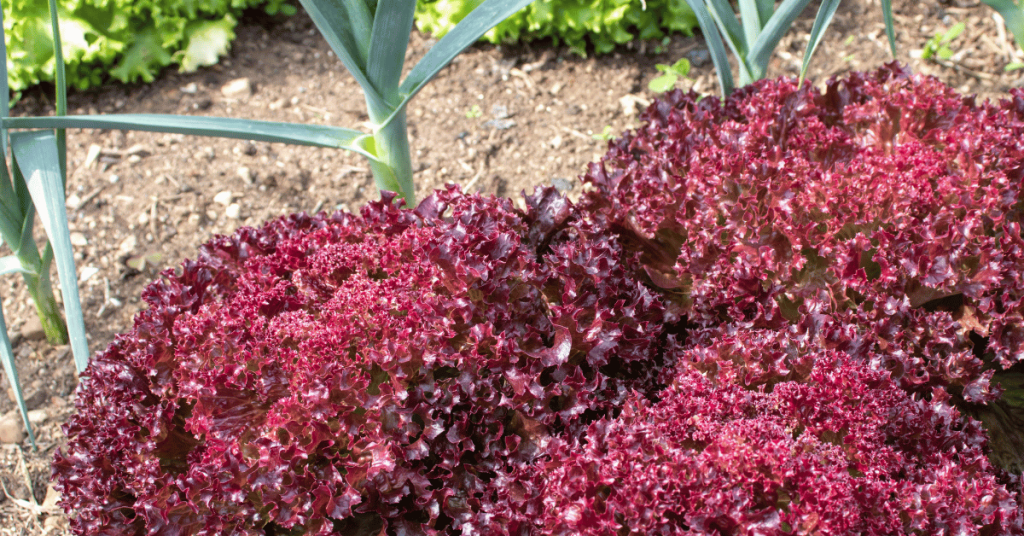
These additional pairings, along with the previously mentioned examples, can help you create a diverse and productive Zone 7 garden that utilizes companion planting techniques to support plant growth, pest control, and overall garden health.
These are just a few examples of popular companion plant pairings for Zone 7 gardens. By selecting complementary plants that support each other’s growth, health, and productivity, you can create a vibrant, thriving garden ecosystem that works with nature rather than against it.
Companion Planting for Pest Control
Companion planting is an effective way to control pests in your garden without relying on chemical pesticides. By selecting plants that naturally repel pests, attract beneficial insects, or act as trap crops, you can create a balanced ecosystem that helps to keep pest populations in check. In this section, we’ll explore various companion planting strategies that can be used to control pests in Zone 7 gardens.
Plants that Repel Pests
Many plants produce compounds that deter pests, either by emitting strong odors or by producing substances that are toxic to pests. Incorporating these plants into your garden can help to protect your crops from damage. Some examples of pest-repelling plants suitable for Zone 7 include:
- Marigolds: Repel nematodes, aphids, and whiteflies
- Chives: Repel carrot rust flies and aphids
- Garlic: Repels various pests including aphids, spider mites, and Japanese beetles
- Mint: Repels ants, aphids, and cabbage moths
Plants that Attract Beneficial Insects
Some plants are particularly effective at attracting beneficial insects that prey on common garden pests. By planting these insectary plants in your garden, you can encourage a diverse population of beneficial insects to help control pest populations. Some examples of insectary plants for Zone 7 include:
- Dill: Attracts parasitic wasps, lacewings, and ladybugs
- Yarrow: Attracts ladybugs, parasitic wasps, and hoverflies
- Fennel: Attracts parasitic wasps, ladybugs, and lacewings
- Cosmos: Attracts hoverflies, lacewings, and parasitic wasps
Trap Crops
Trap cropping is a companion planting technique that involves planting a sacrificial crop to attract pests away from your main crops. By providing an alternative food source for pests, you can help to reduce the damage they cause to your primary crops. Some examples of trap crops for Zone 7 gardens include:
- Nasturtiums: Attract aphids and caterpillars, protecting crops like squash and cucumbers
- Sunflowers: Attract stink bugs, protecting crops like tomatoes and peppers
- Radishes: Attract flea beetles, protecting crops like brassicas
Intercropping and Polyculture
Intercropping, or planting multiple crops in close proximity, can also help to control pests by creating a diverse and complex environment that makes it more difficult for pests to locate their preferred host plants. Polyculture, or growing a diverse range of crops within the same garden, can also help to support a more balanced ecosystem that naturally keeps pest populations in check.
By incorporating these companion planting strategies for pest control into your Zone 7 garden, you can create a healthier, more resilient garden ecosystem that relies less on chemical interventions and more on natural processes.
Companion Planting for Pollinator Support
Attracting pollinators to your garden is essential for ensuring the success of many fruit and vegetable crops, as well as promoting overall biodiversity. Companion planting can be a valuable strategy for supporting pollinators by providing a diverse range of flowering plants that offer nectar and pollen resources throughout the growing season. In this section, we’ll discuss how to choose companion plants that provide pollinator support in your Zone 7 garden.
Selecting Flowering Plants
When choosing flowering plants to support pollinators, it’s important to select species that bloom at different times throughout the growing season. This ensures a continuous supply of nectar and pollen for bees, butterflies, and other pollinators. Some examples of flowering plants suitable for Zone 7 gardens include:
- Early bloomers: Crocuses, snowdrops, and hellebores
- Mid-season bloomers: Lavender, coneflowers, and bee balm
- Late-season bloomers: Sedum, asters, and goldenrod
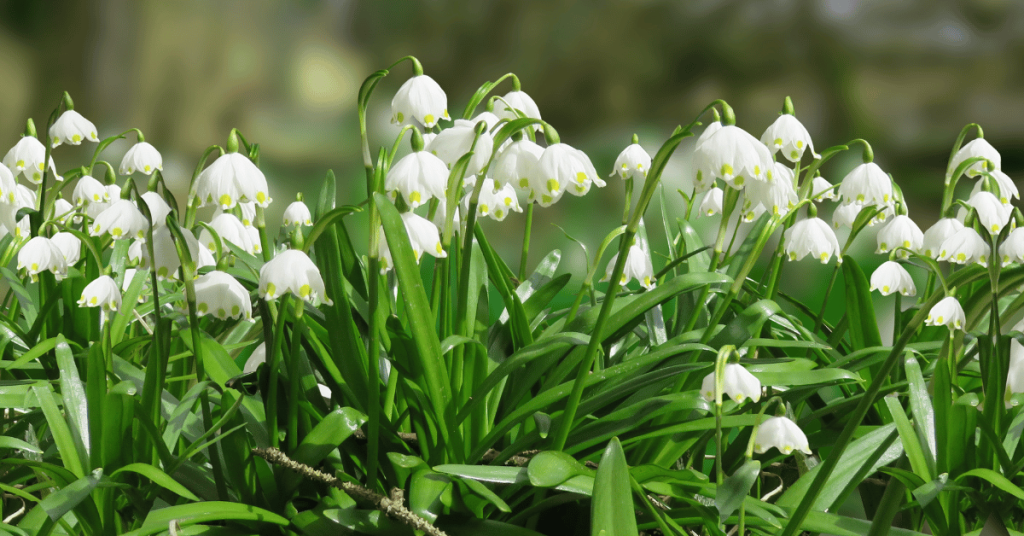
Creating Habitat for Pollinators
In addition to providing nectar and pollen resources, companion plants can also create essential habitat for pollinators. Ground-cover plants, shrubs, and trees can provide shelter and nesting sites for a variety of pollinator species. Examples of habitat-providing companion plants for Zone 7 gardens include:
- Ground covers: Creeping thyme, low-growing sedum, and ajuga
- Shrubs: Butterfly bush, lilac, and viburnum (Read more about beneficial shrubs for pollinators)
- Trees: Crabapple, redbud, and serviceberry (Read more about best trees for supporting native pollinators)
Supporting a Diverse Range of Pollinators
To attract and support a wide range of pollinators, it’s important to include a variety of plant species in your garden, with varying flower shapes, colors, and sizes. This helps to cater to the diverse preferences and needs of different pollinator species. Some examples of plants that can help support a diverse range of pollinators in Zone 7 include:
- Tubular flowers: Salvia, penstemon, and foxglove (for long-tongued bees and hummingbirds)
- Flat, open flowers: Yarrow, daisies, and zinnias (for butterflies and short-tongued bees)
- Umbel flowers: Dill, fennel, and Queen Anne’s lace (for small bees and beneficial insects like parasitic wasps)
Planting in Clusters
Planting flowers in clusters or drifts can make them more attractive to pollinators by creating a larger, more visible target. This also allows pollinators to forage more efficiently, as they can collect nectar and pollen from multiple flowers in a single location.
By incorporating companion plants that support pollinators into your Zone 7 garden, you can help to create a thriving, biodiverse ecosystem that benefits both your plants and the pollinators that depend on them.
Additional Tips for Successful Companion Planting in Zone 7
Companion planting can be a powerful tool for creating a healthy, productive, and sustainable garden. To maximize the benefits of companion planting in your Zone 7 garden, consider the following tips and best practices.
Experiment and Observe
Every garden is unique, and what works well in one garden may not be as effective in another. Don’t be afraid to experiment with different companion plant pairings and observe the results over time. Keep notes on your observations and use this information to fine-tune your companion planting strategies for your specific garden conditions.
Consider Plant Spacing and Growth Habit
When planning your companion planting layout, be sure to take into account the mature size and growth habit of each plant. Some plants, like beans and peas, can grow as climbers and benefit from the support of taller plants, while others, like lettuce and spinach, thrive in the shade provided by taller companion plants. Proper plant spacing is also essential to ensure that each plant has adequate access to sunlight, water, and nutrients.
Rotate Crops
Crop rotation is an important practice for maintaining soil health and preventing the buildup of pests and diseases. By rotating your crops each season and incorporating a diverse range of plant families, you can help to break pest and disease cycles and maintain a healthy garden ecosystem. This is especially important when using companion planting techniques to control pests and diseases.
Incorporate Perennial Plants
While many companion planting strategies focus on annual plants, don’t forget about the potential benefits of including perennial plants in your garden. Perennial plants can provide long-term soil stabilization, habitat for beneficial insects, and other ecosystem services that can complement your annual companion plantings.
Support Soil Health
A healthy, well-structured soil is the foundation for a successful garden, and this is especially important when practicing companion planting. Regularly add organic matter to your soil, such as compost or well-rotted manure, to improve its structure and nutrient content. You can also incorporate nitrogen-fixing perennials to help maintain soil fertility and support the growth of your companion plants.
Be Patient
Companion planting is a long-term strategy that may take several seasons to show its full benefits. Be patient and give your plants time to establish and adapt to their new companions. Over time, you’ll begin to see the positive effects of your companion planting efforts, as your garden becomes more balanced, resilient, and productive.
By following these tips and best practices, you can create a successful companion planting plan that works well for your specific Zone 7 garden conditions and supports the health and productivity of your plants.
Conclusion
In conclusion, companion planting is a valuable strategy for creating a healthy, productive, and sustainable Zone 7 garden. By understanding the many benefits of companion planting, including improved plant growth, natural pest control, enhanced pollination, soil health, and increased biodiversity, gardeners can harness the power of plant relationships to support a thriving garden ecosystem.
To achieve the best results, it’s important to experiment with different companion plant pairings, observe their performance in your specific garden conditions, and practice good garden management techniques such as proper plant spacing, crop rotation, and soil health maintenance. Incorporating perennial plants and providing habitat for beneficial insects can also enhance the overall success of your companion planting efforts.
As you continue to refine your companion planting strategies and learn from your experiences, you’ll be well on your way to creating a garden that is not only beautiful and productive but also environmentally responsible and in harmony with the natural world around it.
Extend Your Understanding: From Garden to Forest
Now that you’ve explored the intricacies of companion planting in Zone 7 gardens, take your understanding a step further by discovering how the synergy between the Miyawaki Method and Hugelkultur can foster rapid afforestation and sustainable gardening on a larger scale. Our recently published article, Fostering Forests: The Miyawaki Method Meets Hugelkultur, delves into these innovative methods that aim to restore native forests and create thriving ecosystems even in urban landscapes. Dive into the practical applications and benefits of these methods, and uncover how you can contribute to urban sustainability and biodiversity through informed gardening and afforestation practices. Your journey from a resilient garden to a revitalizing forest begins here!

